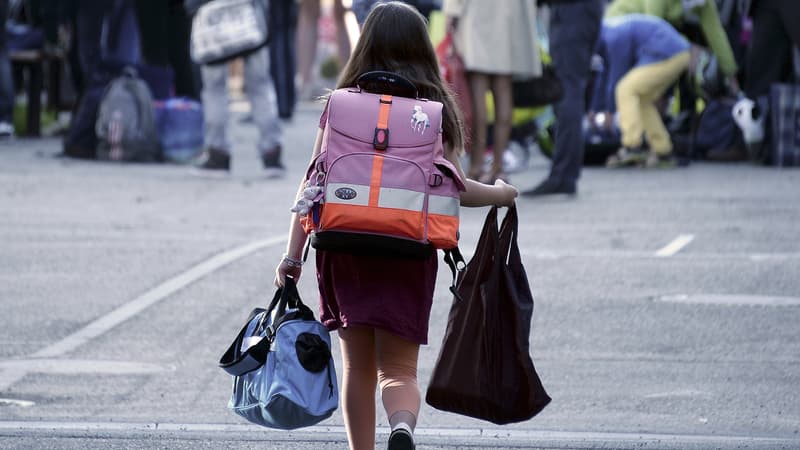How do children get to school? While 12 million students, from kindergarten to high school, return to school this week, the ecological company Eco CO2 presents its third barometer of trips between home and school, prepared by Ifop*.
Public transport in front of the car.
Journeys that are still, in general, quite short: two out of three parents of students state that their child takes less than 15 minutes to get to school.
Public transport (school bus, bus, tram, train and RER) is essential for 34% of families, one point less than in 2021 and still far from its pre-Covid level of 39%.
Active mobility ranks second, with 32% of uses. In detail, walking dominates with 27%, followed far behind by cycling with 4% and skateboards, skates and scooters with 1%. The car continues to be the preferred solution for many families, with 31%.
The cost, a criterion that goes back
Among the criteria for making this choice, the families surveyed cited child safety first, with 97%, at the same level as ease and practicality. The speed of access to the school is quoted at 90%. In fourth position, with 88%, is the cost of the mode of transport, a criterion that rises 5 points compared to 2021.
But why not switch to active mobility? Lack of security is mentioned by 59% of parents, ahead of unsuitability for long distances, with 38%, and weather conditions, with 31%.
With rising fuel prices, one in two parents is considering alternatives to the car, Barometer says.
“Short and regular daily commutes, such as the journeys between home and school, are a real lever to reduce greenhouse gas emissions and save money,” says Pauline Tartarin, head of the Moby project at Eco CO2, in the study.
Alternatives that may be an adequate solution for those who live less than 5 km from their school, but still use the car: 20.5% of those surveyed. And 8.5% who live less than 2 km from the establishment.
Beyond the CO2 savings, “these trips by car represent a budget of up to 1,260 euros per year and that could be reallocated to active or shared modes, for example,” the statement highlights.
In addition, and among the measures considered a priority in terms of school transport: 51% of parents want free school transport (+6% compared to 2021), ahead of the protection of pedestrian areas and the development of bike lanes.
*IFOP survey conducted from June 5 to 9, 2023 with a sample of 1,000 parents with at least one child attending school, university or high school. Representative sample of the French population.
Source: BFM TV


